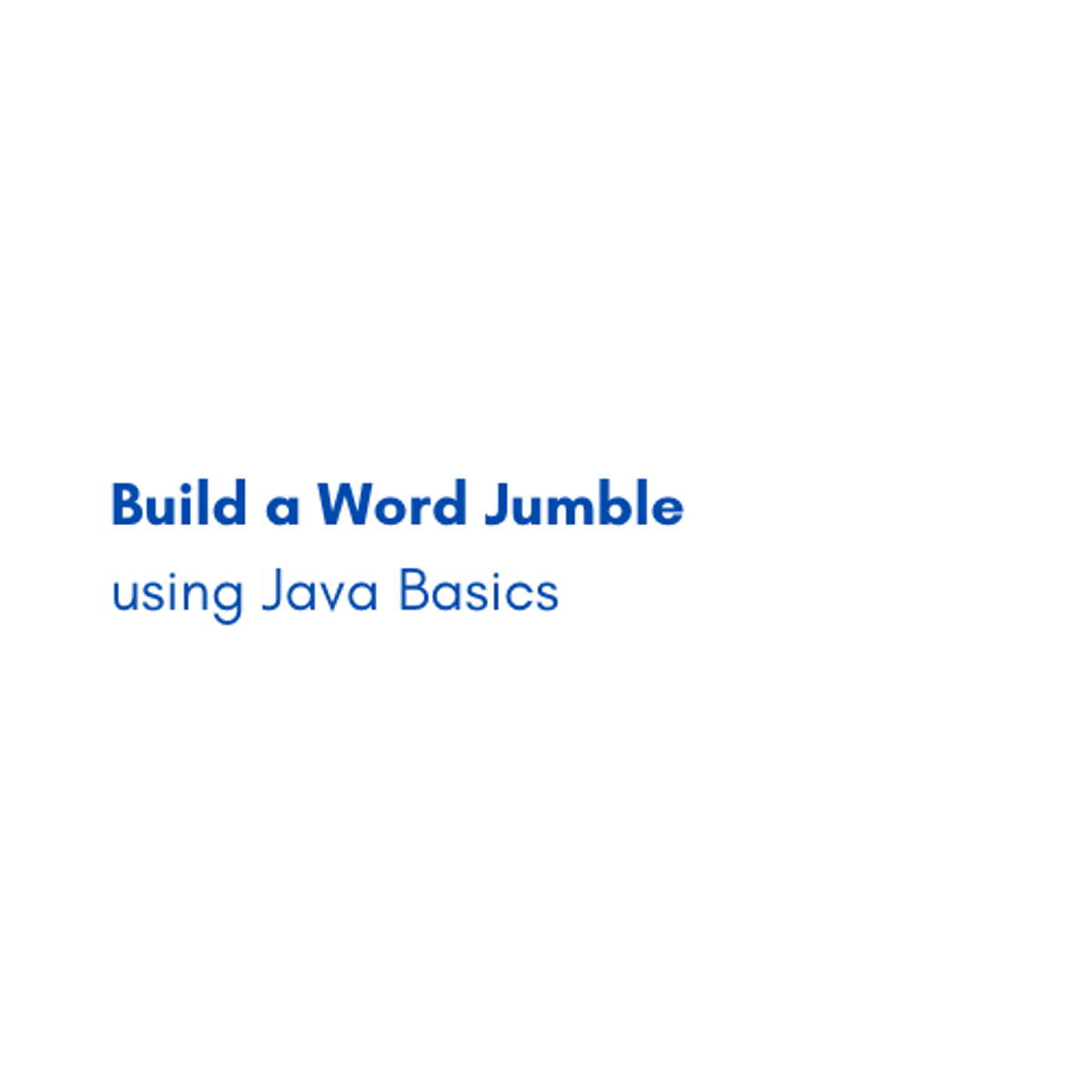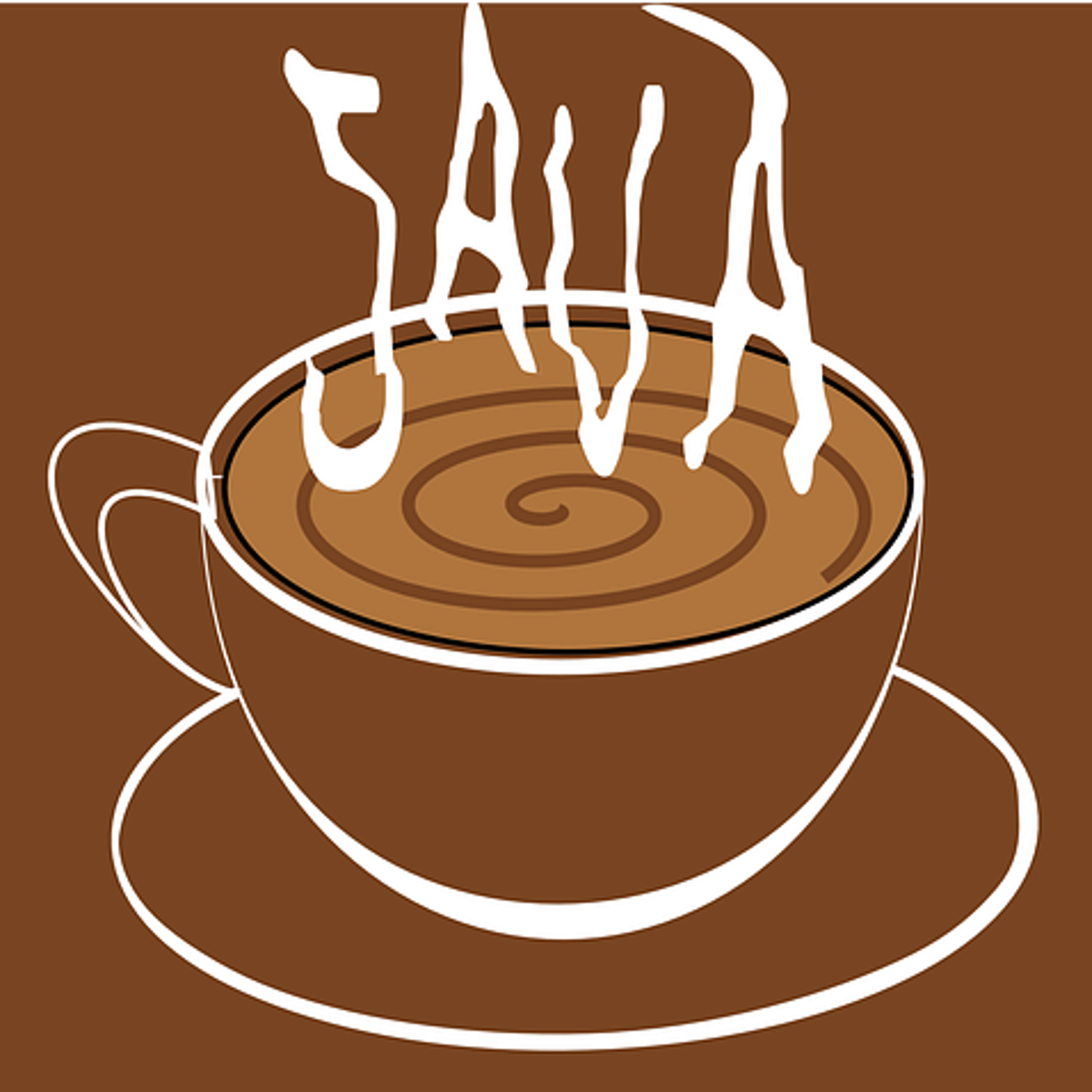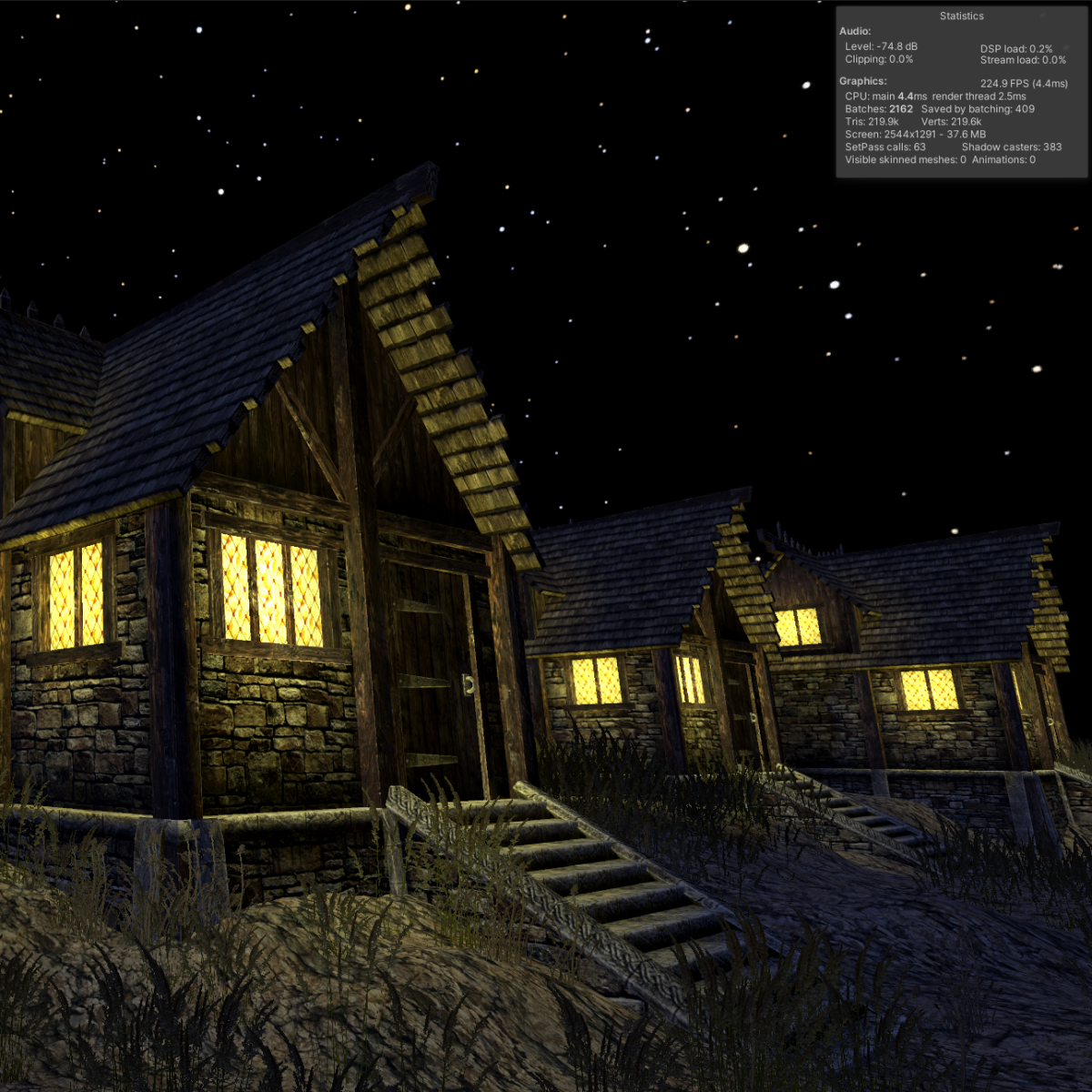Back to Courses









Software Development Courses - Page 17
Showing results 161-170 of 1266

API Testing with Karate Framework
Karate is an open-source framework for API Test automation that uses BDD style syntax, has a rich assertion library, built-in HTML reports.
In this 2-hour long project-based course, you will learn --
1. API testing basics and Karate framework
2. Sending GET, POST, PUT, PATCH and DELETE requests via Karate framework
3. Add assertions to write effective test scenarios via the Karate framework

Getting Started with Tensorflow.js
By the end of this project, you will learn how to code a smart webcam to detect people and other everyday objects using a pre-trained COCO-SSD image recognition model with Tensorflow.js.
Based on an older library called deeplearn.js, Tensorflow.js is a deep learning library that leverages Tensorflow to create, train and run inference on artificial neural network models directly in a web browser, utilizing the client's GPU/CPU resources (accelerated using WebGL). Tensorflow.js brings Tensorflow to the web!
JavaScript/Typescript experience is heavily recommended.
Note: This course works best for learners who are based in the North America region. We’re currently working on providing the same experience in other regions.

Processing Data with Python
Processing data is used in virtually every field these days. It is used for analyzing web traffic to determine personal preferences, gathering scientific data for biological analysis, analyzing weather patterns, business practices, and on. Data can take on many different forms and come from many different sources. Python is an open-source (free) programming language that is used in web programming, data science, artificial intelligence, and many scientific applications. It has libraries that can be used to parse and quickly analyze the data in whatever form it comes in, whether it be in XML, CSV, or JSON format. Data cleaning is an important aspect of processing data, particularly in the field of data science.
Note: This course works best for learners who are based in the North America region. We’re currently working on providing the same experience in other regions.

Introduction to Distributions in R
This project is aimed at beginners who have a basic familiarity with the statistical programming language R and the RStudio environment, or people with a small amount of experience who would like to review the fundamentals of generating random numerical data from distributions in R.

Build a Word Jumble using Java Basics
By the end of this project, you will create a word jumble game using Java Swing. This project will give you a great head start towards learning more and mastering one of the most used programming languages in the world. In this project you will learn many basic fundamentals such as data structures, variables, loops etc. Learning and understanding Java Swing will help you progress in the programming field by creating simple Java applications.
Note: This course works best for learners who are based in the North America region. We’re currently working on providing the same experience in other regions.

Use Python and Java to Create a GUI Application
By the end of this project, you will implement a Java GUI to read from a user-provided file containing data. The GUI will call Python applications to plot columnar data as X and Y coordinates on a regression graph, and display statistics about the data from each of the selected columns.
A graphical user interface can be a nice alternative to using the command line for running programs, as there is no need to memorize how to execute a command with arguments. A label may be added to describe what is needed for the application, for example. There are many choices for building a graphical user interface in Java. Using the Java Swing GUI package is the standard GUI toolkit for Java applications and is widely available on multiple platforms including Windows, Mac, and Linux. The event handlers in Java can then call existing Python applications to analyze the data.
Note: This course works best for learners who are based in the North America region. We’re currently working on providing the same experience in other regions.

AI For Medical Treatment
AI is transforming the practice of medicine. It’s helping doctors diagnose patients more accurately, make predictions about patients’ future health, and recommend better treatments. This Specialization will give you practical experience in applying machine learning to concrete problems in medicine.
Medical treatment may impact patients differently based on their existing health conditions. In this third course, you’ll recommend treatments more suited to individual patients using data from randomized control trials. In the second week, you’ll apply machine learning interpretation methods to explain the decision-making of complex machine learning models. Finally, you’ll use natural language entity extraction and question-answering methods to automate the task of labeling medical datasets.
These courses go beyond the foundations of deep learning to teach you the nuances in applying AI to medical use cases. If you are new to deep learning or want to get a deeper foundation of how neural networks work, we recommend that you take the Deep Learning Specialization.

Introduction to Python Fundamentals
How many times have you decided to learn a programming language but got stuck somewhere along the way, grew frustrated, and gave up? This specialization is designed for learners who have little or no programming experience but want to use Python as a tool to play with data.
The first course will introduce you to programming languages, with Python as an example. You are going to learn how to use variables and operators, as well as input/output and flow controls to build simple Python programs. The pace will be very slow, so you will feel comfortable learning Python as quickly or as slowly as you like.
Are you ready? Let's go!
Logo image courtesy of Mourizal Zativa. Available on Unsplash here: https://unsplash.com/photos/gNMVpAPe3PE

Hybrid Cloud Modernizing Applications with Anthos
Course four of the Anthos series prepares students to consider multiple approaches for modernizing applications and services within Anthos environments. Topics include optimizing workloads on serverless platforms and migrating workloads to Anthos. This course is a continuation of course three, Anthos on Bare Metal, and assumes direct experience with the topics covered in that course.

Baking Lights for Better Performance in Unity
In this one-hour, project-based course, you'll learn how to precalculate, or "bake" lights for better performance. You'll learn how to configure lightmapping and other light-related settings that can greatly improve the frame-rate of any game.
The guided project will introduce you to the following Unity concepts:
- Lightmapping
- Light Modes
- UV Overlap
This series makes use of the medieval-themed Unity project created in Light Up Your World in Unity (Introduction to Lighting). It compliments this guided project and, although not a prerequisite, is recommended for a more well-rounded understanding of the concepts presented herein.
Note: This course works best for learners who are based in the North America region. We’re currently working on providing the same experience in other regions.
Popular Internships and Jobs by Categories
Find Jobs & Internships
Browse
© 2024 BoostGrad | All rights reserved